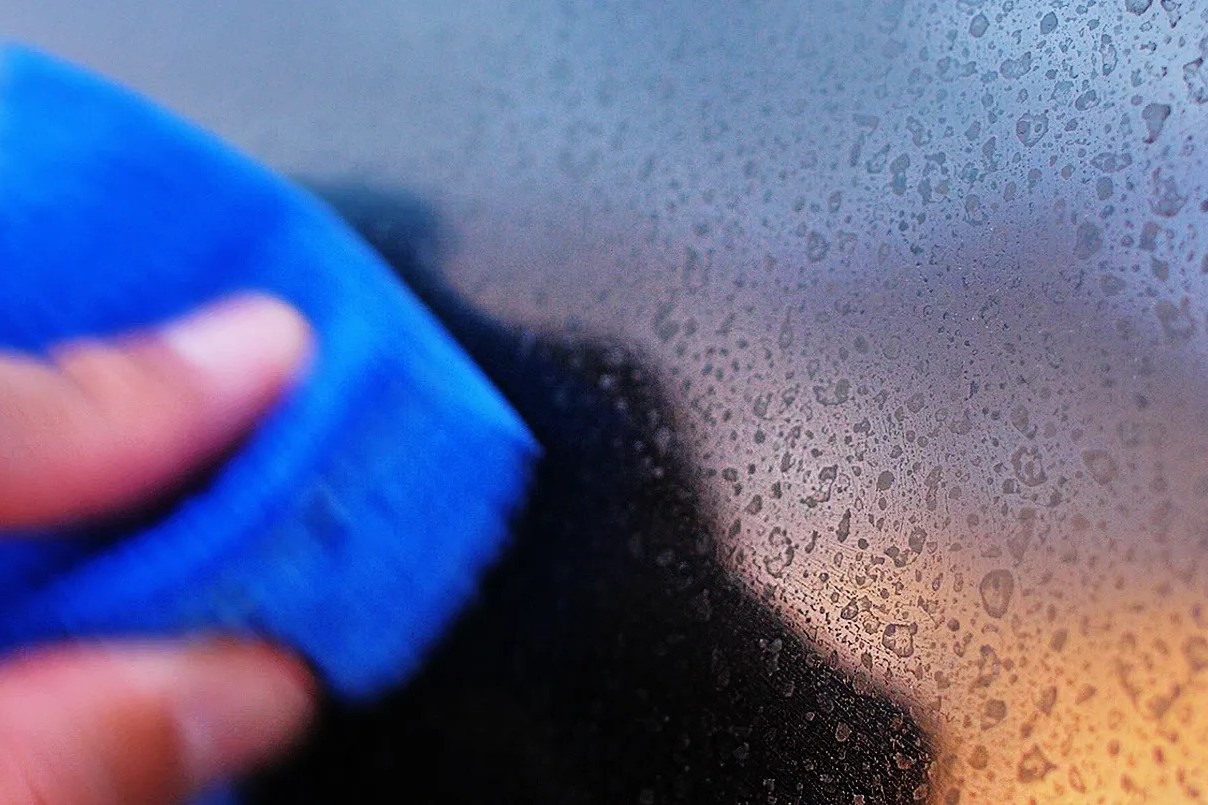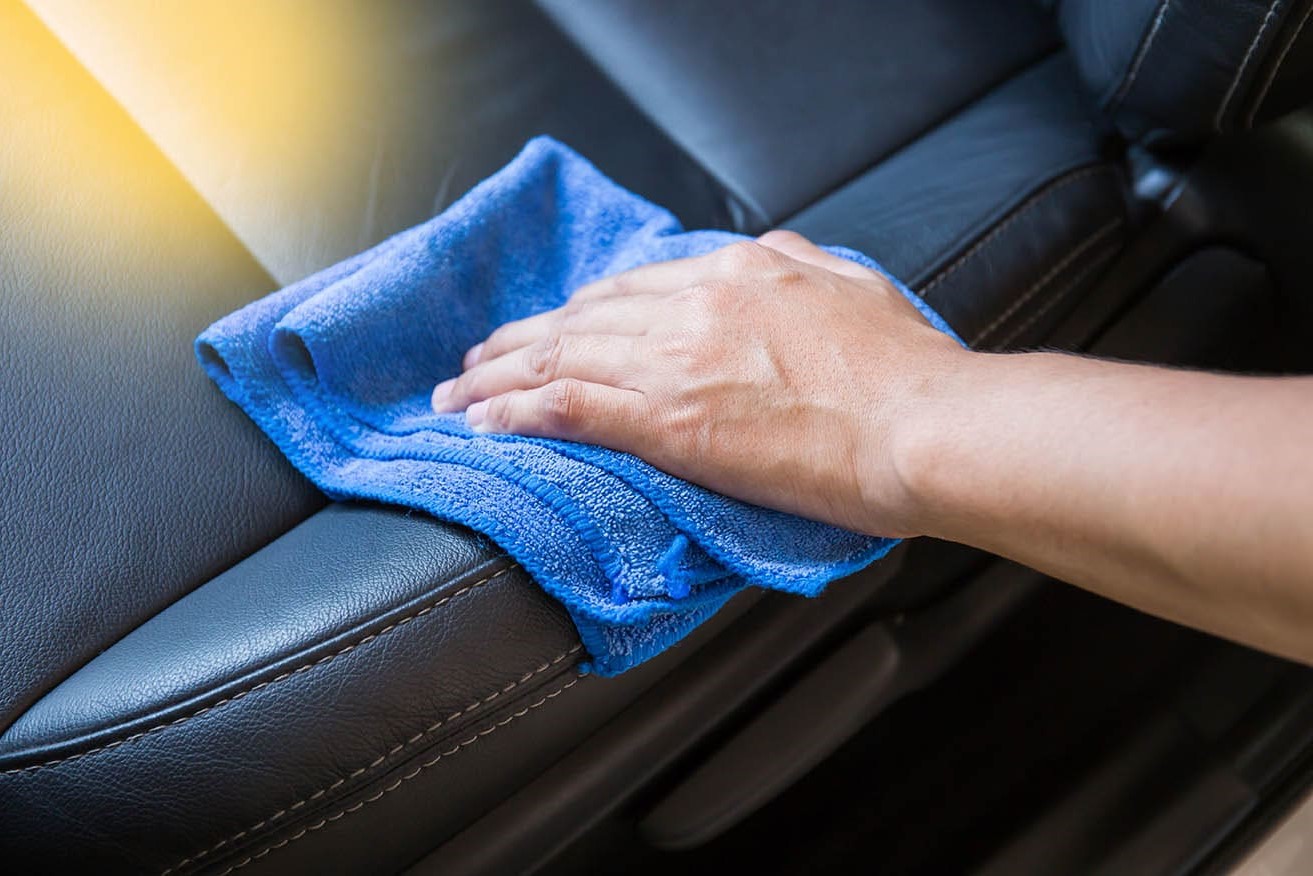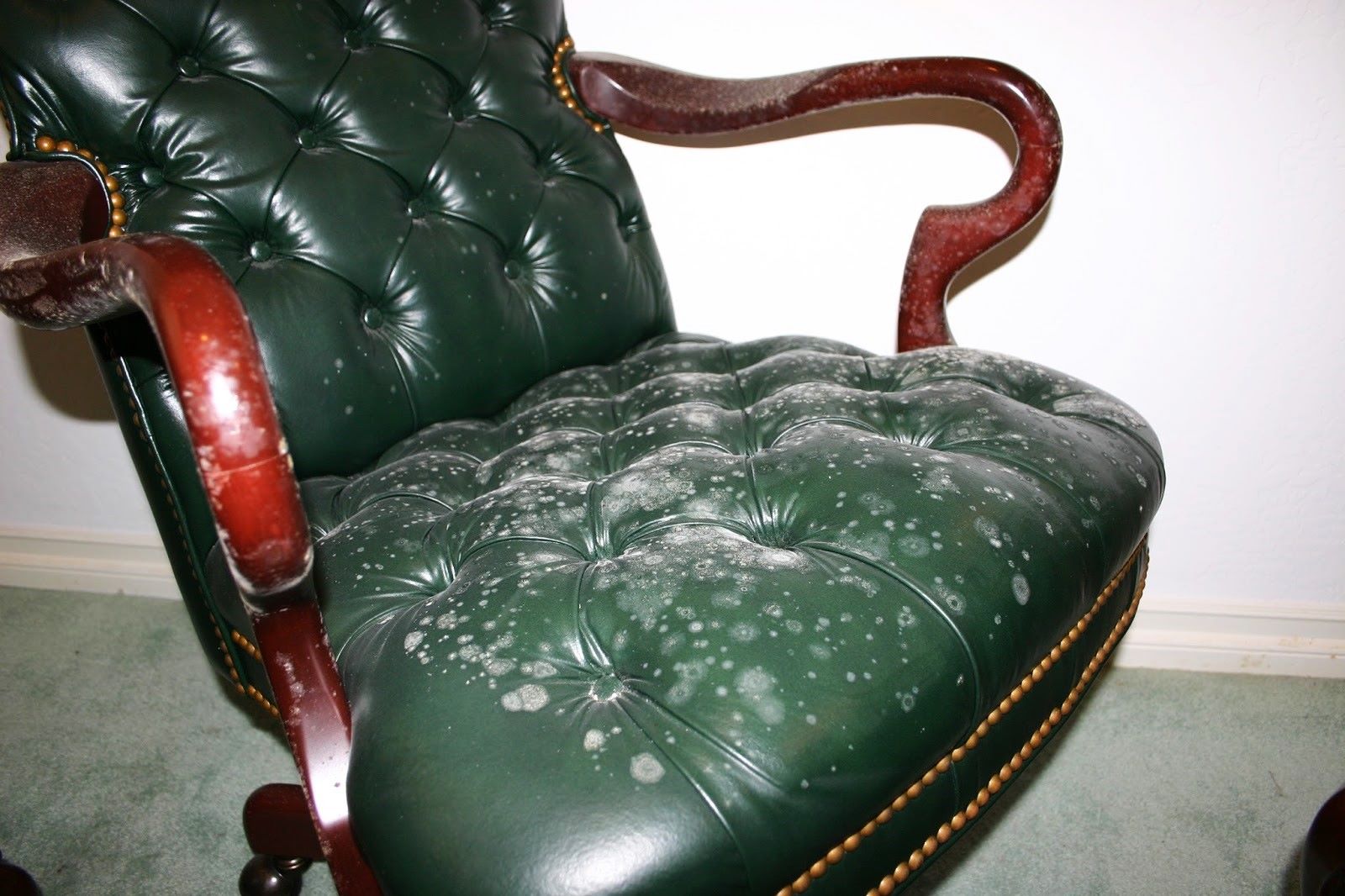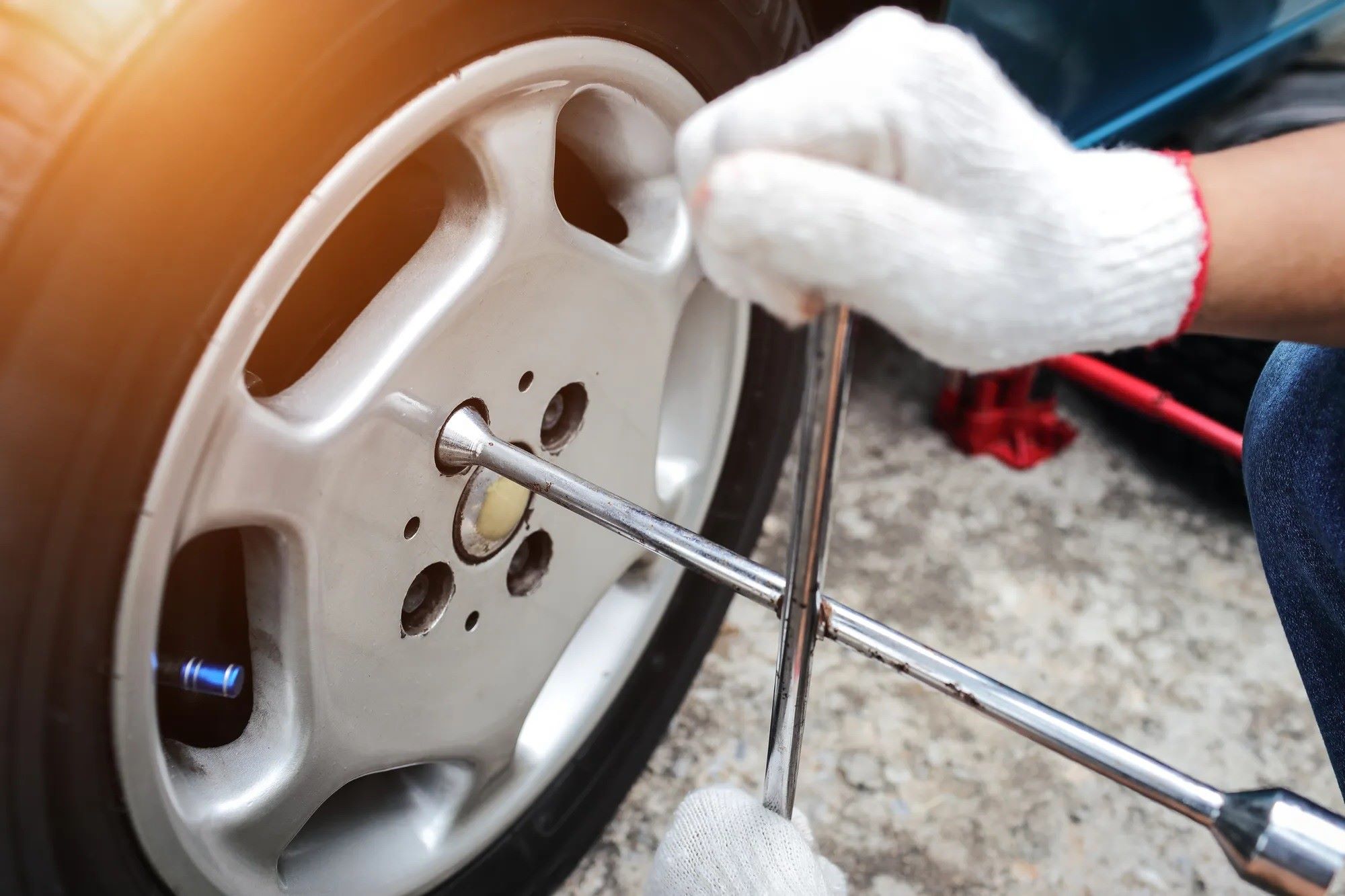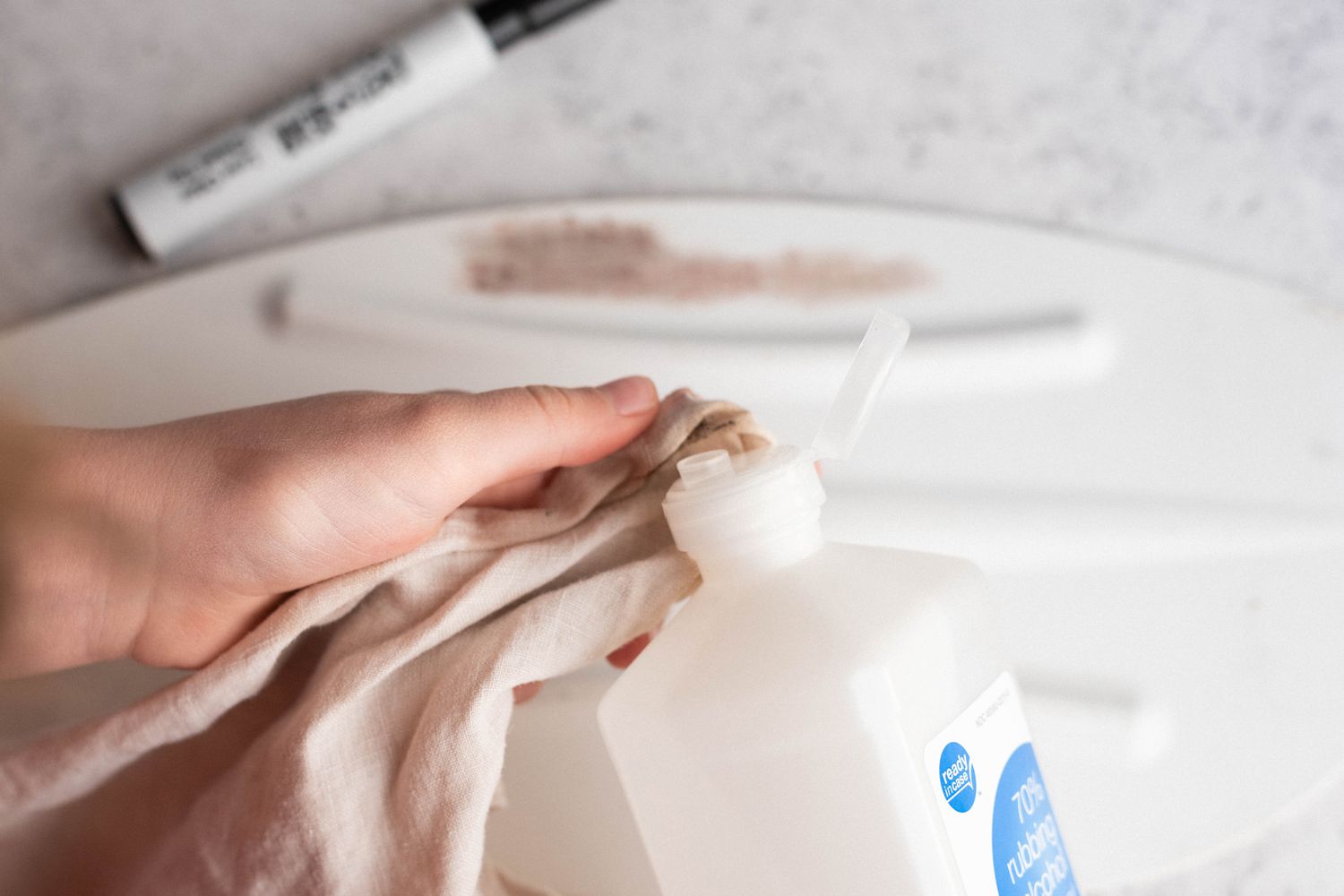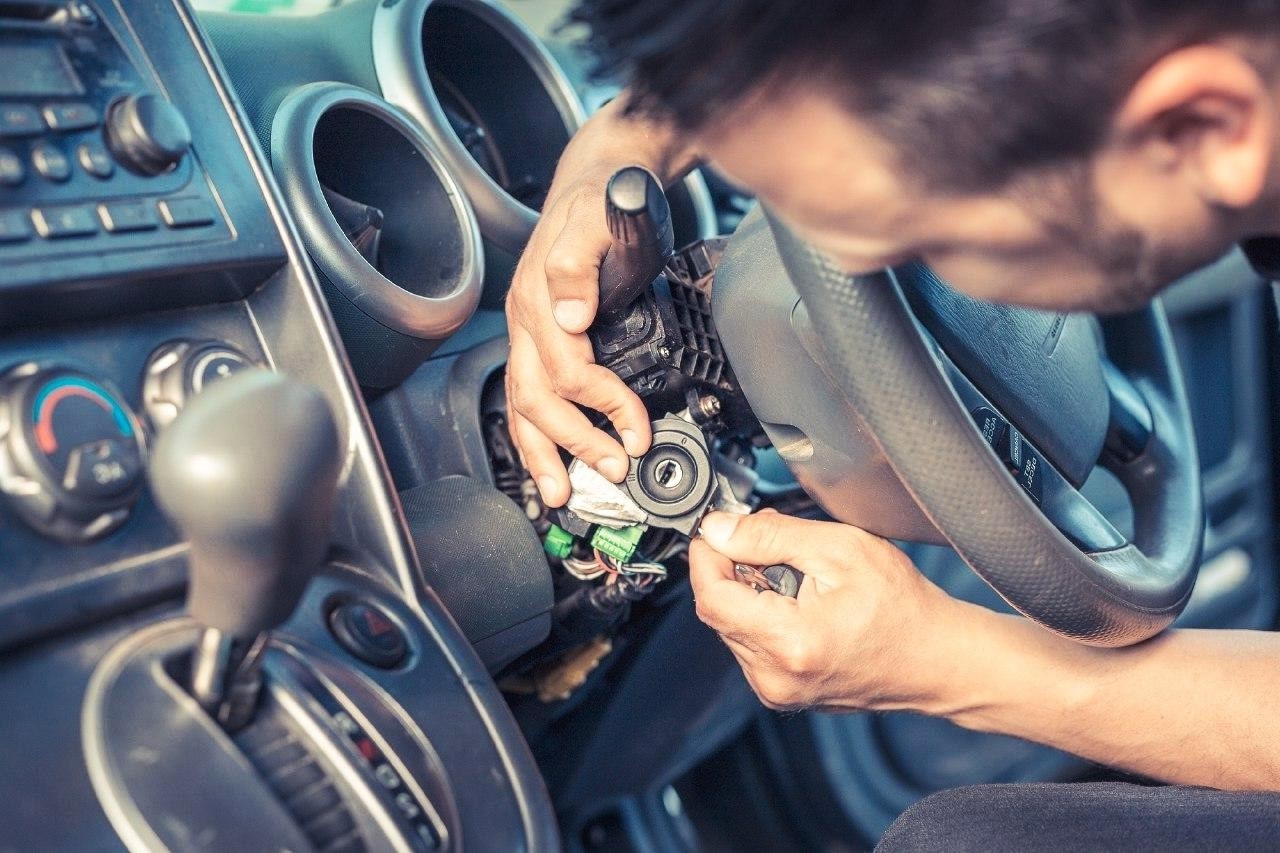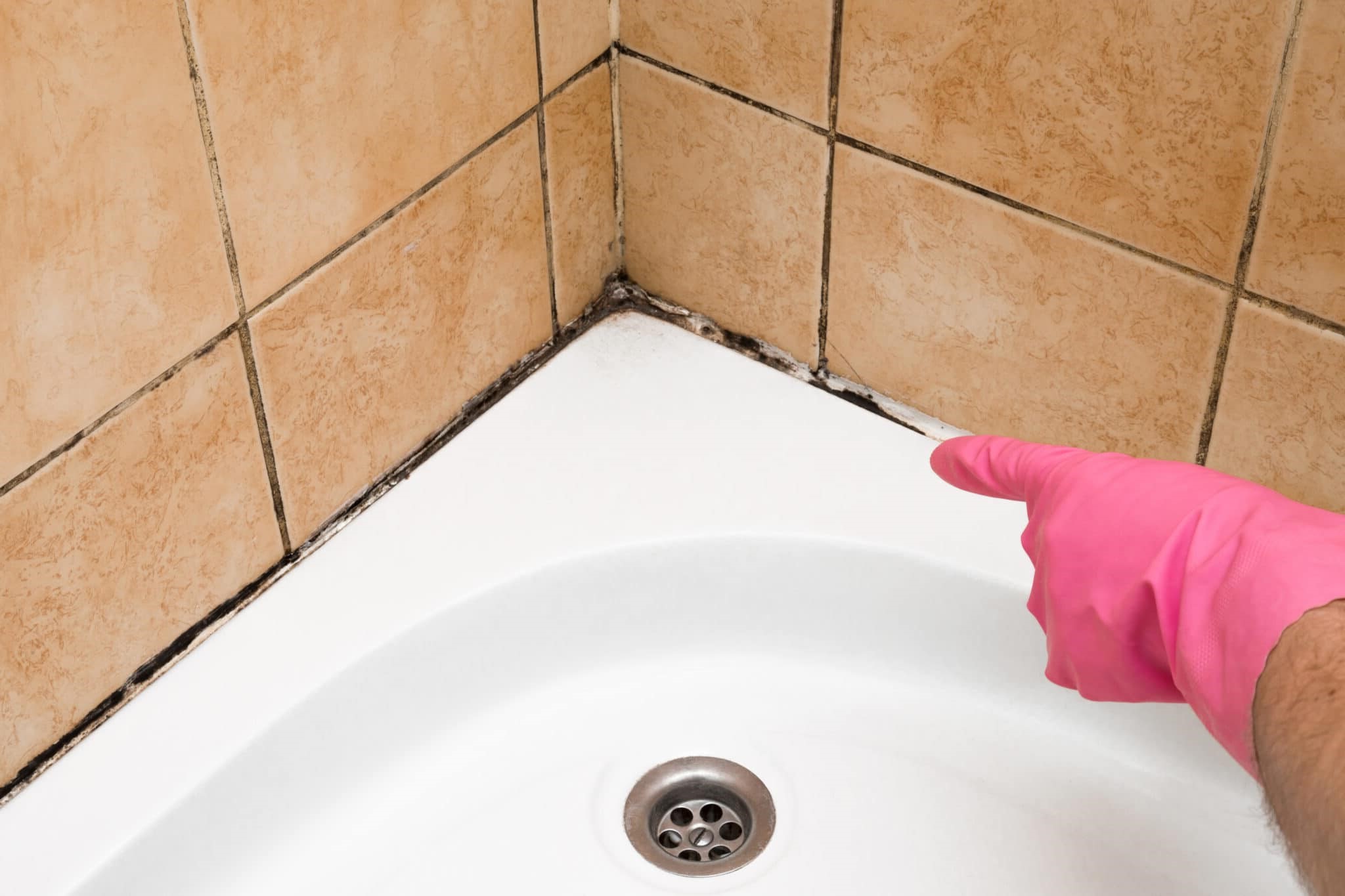Home>Automotive>How To Remove Sap From Car
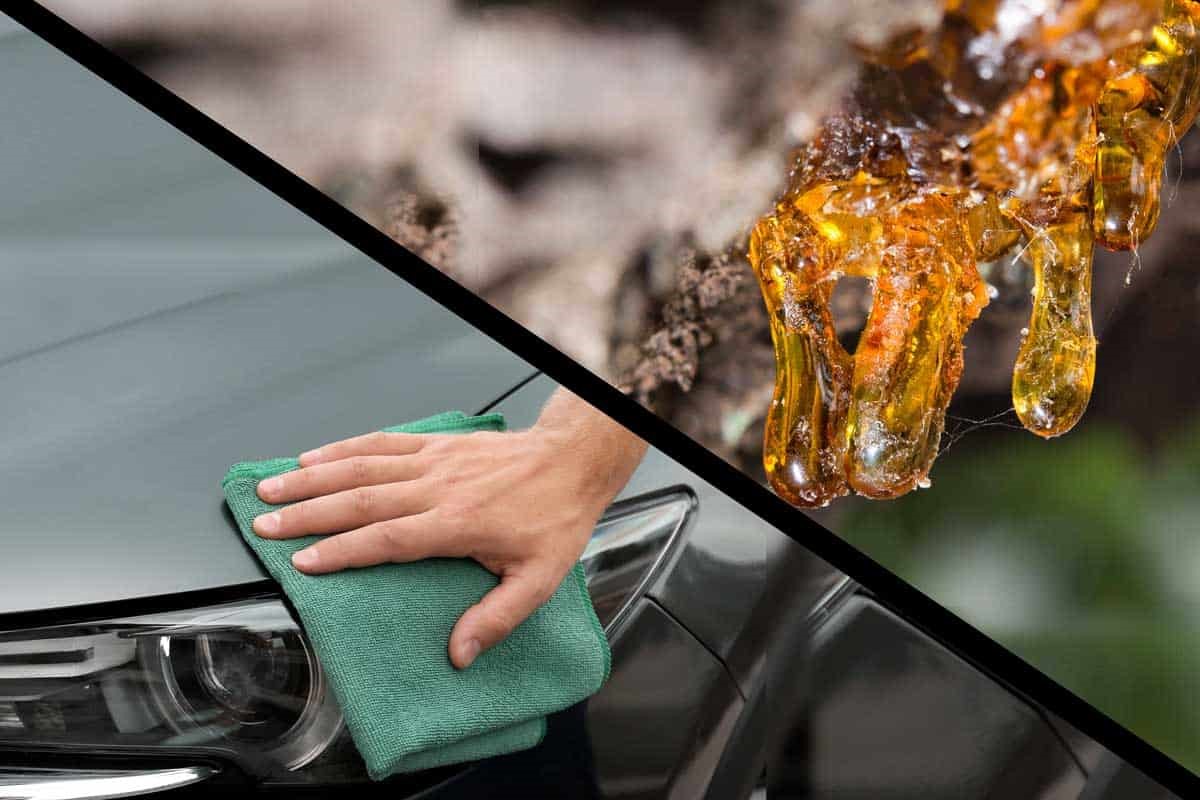

Automotive
How To Remove Sap From Car
Published: February 25, 2024
Learn effective methods for removing sap from your car with our automotive tips. Keep your vehicle looking clean and pristine with our expert advice.
(Many of the links in this article redirect to a specific reviewed product. Your purchase of these products through affiliate links helps to generate commission for Noodls.com, at no extra cost. Learn more)
Table of Contents
Introduction
Tree sap can be a persistent nuisance for car owners, leaving unsightly and stubborn stains on the vehicle's surface. Whether you park under a tree for shade or nature simply has a way of targeting your car, the sticky residue left behind by trees can be a real headache to remove. However, fear not, as there are effective methods for safely and efficiently removing sap from your car's exterior.
In this comprehensive guide, we will delve into the nature of tree sap, the tools and materials needed for the removal process, and a step-by-step guide to effectively eliminate sap from your car. Additionally, we will explore preventive measures to minimize sap build-up on your vehicle, ensuring that you can maintain its pristine appearance for the long haul.
So, if you've found yourself frustrated by the sight of tree sap on your car and wondered how to tackle this issue, you've come to the right place. By the end of this guide, you'll be equipped with the knowledge and techniques to bid farewell to those stubborn sap stains and keep your car looking its best. Let's dive in and discover the secrets to restoring your car's shine and protecting it from future sap encounters.
Read more: How To Remove Stickers From Car
Understanding the Nature of Tree Sap
Tree sap, also known as resin, is a natural substance produced by trees as a means of protection and healing. It serves as a vital component in the tree's defense system, shielding it from pests, pathogens, and environmental stressors. When a tree is wounded or damaged, sap oozes from the affected area, forming a sticky and viscous liquid that eventually hardens into a protective seal.
The composition of tree sap varies depending on the tree species, but it typically consists of water, sugars, organic acids, and a complex mixture of organic compounds. This unique blend gives sap its adhesive properties, allowing it to adhere stubbornly to surfaces such as car paint, glass, and metal.
One of the key challenges posed by tree sap is its tenacious nature. Once it comes into contact with a car's surface, it can quickly bond and harden, making it difficult to remove without the appropriate techniques and products. Moreover, exposure to sunlight and fluctuating temperatures can cause the sap to further adhere to the car's paint, exacerbating the removal process.
It's important to note that tree sap can vary in consistency, ranging from thin and watery to thick and gummy, depending on the tree species and environmental conditions. Additionally, the color of sap can differ, with some trees producing clear or pale sap, while others yield darker or amber-colored resin.
Understanding the nature of tree sap is crucial for devising effective removal strategies. By recognizing its adhesive properties, chemical composition, and hardening tendencies, car owners can approach the removal process with greater insight and precision. With this knowledge in hand, you'll be better equipped to select the right tools and products to tackle tree sap stains on your car's exterior.
In the next section, we'll explore the essential tools and materials needed to effectively remove tree sap from your car, setting the stage for a successful sap removal process.
Tools and Materials Needed
When it comes to removing tree sap from your car, having the right tools and materials at your disposal is essential for achieving optimal results. Here's a comprehensive list of items you'll need to effectively tackle those stubborn sap stains:
-
Car Wash Soap: Begin the sap removal process by thoroughly washing your car with a high-quality car wash soap. This will help remove any surface dirt and grime, preparing the car for the subsequent sap removal steps.
-
Microfiber Towels: Stock up on soft and absorbent microfiber towels, as they are gentle on your car's paint and ideal for wiping away sap residue without causing scratches or swirl marks.
-
Rubbing Alcohol or Isopropyl Alcohol: An effective solvent for dissolving tree sap, rubbing alcohol can be used to break down the sticky residue before it becomes hardened and more challenging to remove.
-
Clay Bar: A clay bar is a valuable tool for gently lifting and removing embedded contaminants, including tree sap, from the surface of your car's paint. It effectively pulls out stubborn sap without causing damage.
-
Gentle Car Wax or Polish: Following sap removal, applying a gentle car wax or polish can help restore the shine and protection of your car's paint, providing an added layer of defense against future sap encounters.
-
Plastic Razor Blade or Plastic Scraper: For particularly stubborn or hardened sap spots, a plastic razor blade or scraper can be used to carefully lift and remove the hardened residue without scratching the paint.
-
Tree Sap Remover: Consider investing in a specialized tree sap remover product designed specifically for automotive use. These products are formulated to dissolve and lift tree sap without harming your car's paint or clear coat.
-
Waterless Car Wash Solution: In situations where a traditional car wash is not feasible, a waterless car wash solution can be used to clean the affected areas before proceeding with sap removal.
-
Protective Gloves: To shield your hands from the potent chemicals and solvents used in the sap removal process, it's advisable to wear protective gloves for your safety and comfort.
By assembling these essential tools and materials, you'll be well-equipped to tackle tree sap stains on your car's exterior with confidence and precision. With the right products and a methodical approach, you can effectively restore your car's pristine appearance and safeguard it against future encounters with stubborn tree sap.
Step-by-Step Guide to Removing Sap from Car
-
Identify the Affected Areas: Begin by identifying the specific areas of your car that are affected by tree sap. Inspect the surface carefully to pinpoint any visible sap spots, ensuring that you have a clear understanding of the extent of the contamination.
-
Wash the Car: Thoroughly wash your car using car wash soap and water to remove any surface dirt and contaminants. This initial cleaning step will prepare the car for the targeted sap removal process, ensuring that the affected areas are clean and ready for treatment.
-
Apply Rubbing Alcohol: Dampen a microfiber towel with rubbing alcohol or isopropyl alcohol and gently dab it onto the sap spots. Allow the alcohol to sit on the affected areas for a few minutes to soften and dissolve the sticky sap residue. Avoid excessive rubbing, as this can spread the sap and potentially damage the paint.
-
Use a Clay Bar: Take a clay bar and knead it into a flat shape. Gently glide the clay bar over the sap-affected areas, applying light pressure to lift the softened sap from the car's surface. The clay bar effectively pulls out the loosened sap without causing scratches, leaving the paint smooth and clean.
-
Repeat as Needed: For stubborn or larger sap spots, you may need to repeat the rubbing alcohol and clay bar process multiple times until the sap is completely lifted from the car's surface. Patience and persistence are key to achieving thorough sap removal.
-
Address Stubborn Sap Residue: If any hardened sap residue remains, carefully use a plastic razor blade or scraper to delicately lift and remove the remaining traces. Exercise caution to avoid scratching the paint, and ensure that the blade is plastic to prevent damage.
-
Clean and Protect: Once the sap is successfully removed, clean the affected areas with a waterless car wash solution to eliminate any remaining residue. Follow up by applying a gentle car wax or polish to restore the shine and provide a protective layer for the car's paint.
-
Final Inspection: After completing the sap removal process, conduct a final inspection to ensure that all traces of sap have been effectively eliminated. Take a step back and admire your car's refreshed appearance, free from the stubborn grip of tree sap.
By following this step-by-step guide, you can effectively remove tree sap from your car and restore its pristine condition. With the right tools, techniques, and a meticulous approach, you can bid farewell to unsightly sap stains and maintain the beauty of your vehicle's exterior.
Preventing Sap Build-Up on Your Car
Preventing sap build-up on your car is essential for maintaining its appearance and protecting the paintwork from the stubborn grip of tree sap. While it may be challenging to completely avoid exposure to trees and their sap, there are proactive measures you can take to minimize the risk of sap contamination and preserve the pristine look of your vehicle.
Read more: How To Remove Mold From Your Car
Parking Strategy
Strategic parking can play a significant role in reducing the likelihood of sap landing on your car. When choosing a parking spot, opt for areas that are away from trees, especially those known for producing excessive sap. If parking under trees is unavoidable, consider using a car cover to provide an additional barrier of protection against falling sap.
Regular Cleaning and Maintenance
Regularly washing and maintaining your car is crucial for preventing sap build-up. By keeping the car clean and free from dirt and debris, you can minimize the chances of sap adhering to the surface and becoming more challenging to remove. Additionally, promptly addressing any sap spots that do appear can prevent them from hardening and causing lasting damage to the paintwork.
Protective Coatings
Applying a protective coating, such as a high-quality car wax or paint sealant, can act as a shield against tree sap. These coatings create a smooth and slick surface that makes it more difficult for sap to bond with the paint, allowing for easier removal when cleaning the car. Regularly reapplying these protective coatings can bolster the car's defense against sap and other environmental contaminants.
Tree Trimming and Pruning
If you have trees on your property that pose a sap risk to your car, consider trimming or pruning them to minimize the overhanging branches. By reducing the proximity of trees to your parking area, you can decrease the chances of sap dripping onto your car. Consulting with a professional arborist or tree care service can help ensure that the trees are pruned in a manner that maintains their health while mitigating sap-related concerns.
Read more: How To Remove Dealer Sticker From Car
Prompt Removal of Sap
In the event that your car does come into contact with tree sap, prompt removal is crucial. Addressing sap spots as soon as they are noticed can prevent the sap from hardening and deeply adhering to the paint. By using the appropriate cleaning techniques and products, you can effectively remove fresh sap before it becomes a more stubborn and persistent issue.
By implementing these preventive measures, you can significantly reduce the impact of tree sap on your car and preserve its aesthetic appeal. Through proactive parking strategies, regular cleaning and maintenance, protective coatings, tree management, and prompt sap removal, you can safeguard your car from the challenges posed by tree sap and enjoy a gleaming and sap-free exterior.
Conclusion
In conclusion, the presence of tree sap on your car's exterior can be a persistent and frustrating issue, but armed with the right knowledge and tools, you can effectively tackle this challenge. By understanding the nature of tree sap and its adhesive properties, you can approach the removal process with confidence and precision. The step-by-step guide provided in this article offers a comprehensive approach to removing tree sap from your car, ensuring that you can restore its pristine appearance and protect it from future sap encounters.
It's important to emphasize the significance of preventive measures in minimizing sap build-up on your car. Strategic parking, regular cleaning and maintenance, protective coatings, tree management, and prompt sap removal are all integral components of a proactive approach to safeguarding your car's exterior from the impact of tree sap. By implementing these preventive strategies, you can reduce the likelihood of sap contamination and maintain the beauty of your vehicle for the long term.
Furthermore, the tools and materials recommended for sap removal, including car wash soap, microfiber towels, rubbing alcohol, clay bar, gentle car wax or polish, plastic razor blade or scraper, tree sap remover, waterless car wash solution, and protective gloves, are essential for achieving optimal results. By assembling these items and following the step-by-step guide, you can effectively eliminate tree sap from your car without causing damage to the paint or clear coat.
Ultimately, by combining the insights and techniques outlined in this guide with a proactive approach to sap prevention, you can ensure that your car remains free from the unsightly and stubborn grip of tree sap. With a renewed understanding of tree sap and the tools to address it, you can confidently face this challenge and maintain the impeccable appearance of your car. So, the next time you encounter tree sap on your car, remember that with the right approach and a touch of perseverance, you can bid farewell to those stubborn sap stains and keep your car looking its best.
